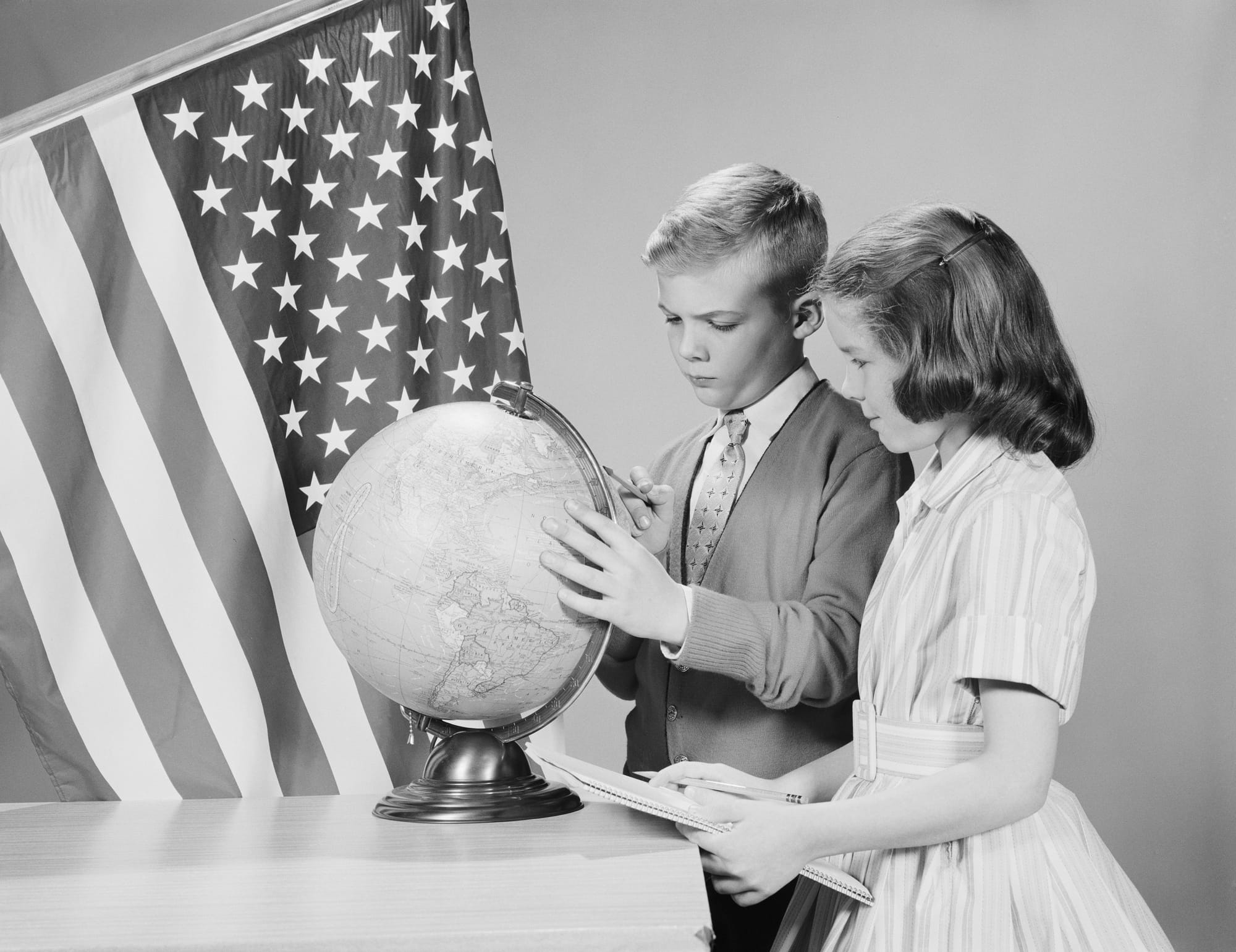5 Ways to Integrate Finances Into American History Lessons: Activities and Resources
Important historical events almost always correlate with changes in the economy—for good and bad.

It’s no surprise we’ve seen an increase in amazing history teachers across the country looking for fun, interactive, and relatable financial lessons to incorporate into their classroom schedules. Luckily, these educators will stop at nothing to make sure their students understand the cause and effect of financial policy and trends on civil lives.
5 Activities You Can Merge With Your Next History Lesson
The truth is, finances have played an immense role in setting the course of history. Integrating financial literacy into a history class is a fun, engaging way for students to truly see the real-world impact of historical events—and in turn, comprehend how current policies affect their future financial journey. Here are some lesson ideas you can use in your efforts to educate the next generation of business leaders:
1. Discuss the Evolution of Money
Students might find it interesting to know that in the past, a lot of forms of money stemmed from barter systems where people would trade goods and services within a community. And it wasn’t until much later that the first standardized metal coin was minted. This could be a great time to have your students explore a variety of “non traditional” forms of currency and discuss the pros and cons of them as a class.
Activity: Invite your student to either replicate an old form of currency or create an entirely new one and discuss the ins-and-outs of how that form would affect the prices of goods within an economy.
2. Openly Discuss Past and Present Financial Policy
It’s not uncommon in American history for a new policy to bring about great controversy when introduced. Financial policies are generally adopted into legislation to provide guidance for how local governments should address a variety of financial issues/areas of concern. The New Deal was a series of programs enacted by President Franklin D. Roosevelt in the 1930s that you could discuss among many others.
Activity: Conduct a mock trial or class debate where students debate the merits of a historical financial policy. You could have them research one of their choosing before the trial/debate or you could assign each of them one that applies with the lesson at hand.
3. Break Down Different American Events Through the Lens of Different Income Brackets
In every stage of history there are a variety of income levels: those who are relatively unaffected by a recession or jarring economic change, those whose lives are irrevocably changed, and hundreds of people who fall somewhere in the middle. It can be helpful to look at these events and consider who was impacted the most and least, and why.
Activity: Have students create a budget for a historical figure based on their estimated income and needs. This requires your student to practice building a budget as well as gives them an opportunity to explore different historically-relevant financially motivated times.
The Banzai Coach linked above will walk students through creating a budget by asking them personalized questions. After they’ve researched their historical figure, have them answer the questions as if they were that person. For grading purposes, you could have them send you a screenshot of the completed Coach or write down the results and turn them in.
4. Pair Historical Events With Financial Crises
Important historical events almost always correlate with changes in the economy—for good and bad. The Great Depression, The Great Housing Crash, and even as far back as the Boston Tea Party are all instances where important events have heavily influenced or been influenced by economic policy. When you discuss these events, don’t forget to tie in the important economic and financial factors that surround them.
Activity: Though many movies are skewed to dramatize history, they can be a powerful way to engage students and show them what it was actually like to live at a certain time or through a particular event. Consider getting special permission to show your students some of the more accurate films addressing pivotal moments in America’s economic timeline.
5. Explore the History of Taxes and Public Spending
Taxes have been a crucial element of governance since ancient civilizations. Over centuries, the methods of taxation and the purposes for which revenues are used have transformed significantly. For example, in some countries’ histories, taxes were often collected to fund wars and royal expenses. “No taxation without representation” was a rallying cry for the American Revolution, and, since then, taxation continues to be an important and often controversial issue.
The modern era brought more structured tax systems, with the introduction of income tax in the 19th century marking a significant shift. Public spending has evolved from funding government basics to now including an array of public services including healthcare, infrastructure, and other social welfare programs.
Activity: Create a mock tax system within the classroom. Give students a base income and say everyone needs to contribute x amount from that income so the class can fund a hypothetical “public service.” You could specify what this public service would be: a fun assignment instead of a more boring one, a movie day, or a very real treat like a pizza party (if that’s in the budget).
Here are some other Banzai resources that would be fun for your class to explore to help them understand the current tax structure so they can compare what you teach them about taxes before and taxes now:
-Article: Federal Income Taxes
-Article: Paying Taxes
-Article: Tax Brackets and Statuses
It just goes to show finances are linked directly with the majority of America’s history. Teaching financial literacy as a history teacher can be fun and rewarding for both you and your students.